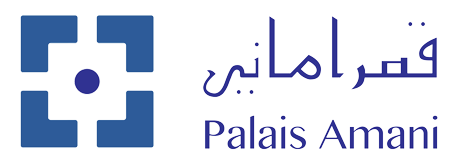04 Apr Aîd celebrations as end of Ramadan
Eid al-Fitr or the Festival of Sweets is the three-day closing celebration that marks the end of Ramadan (the Islamic holy month which involves fasting during daylight hours).
It is a joyous religious holiday which traditionally begins at sunset. After Eid prayers, performed by the congregation in a field or one of the mosques in the medina, people put on their best clothes and visit relatives and friends, or hold large communal celebrations.
Eid is normally a public holiday with most schools and businesses closed for the day. But it is also a chance to indulge in an array of delicious food (dishes are prepared several days before the celebration). For their first daylight meal following a month of fasting, Muslims sit down with family and friends for an expansive breakfast on Eid al-Fitr.
Dishes will include Moroccan cookies such as Gazelle horns (crescent-shaped cookies filled with a sweet almond-orange blossom filling), fekkas (a twice-baked cookie with almonds and raisins), Ghoriba bahla (crunchy, sandy shortbread cookies), and Snowball cookies with coconut. There are two types of breakfast crepes – Baghrir and Mesmenare – accompanied by honey, butter and mint tea.
Pastries are also consumed in abundance such as feqqas (long, almond-based biscotti biscuits), chebaquia (where sweetened sesame is deep-fried and twisted like a pretzel before being dipped into honey) and the deep-fried, triangular-shaped, honey-dipped briouat. For the main Eid al-Fitr dinner, families will gather around a big tajine and eat with a special Moroccan bread called khobz. You can learn to make many of the Eid dishes at our Fez cooking school, so book in now for a feast that you can enjoy at home, long after the holiday is over.
Liz Hoggard
Travel Journalist

